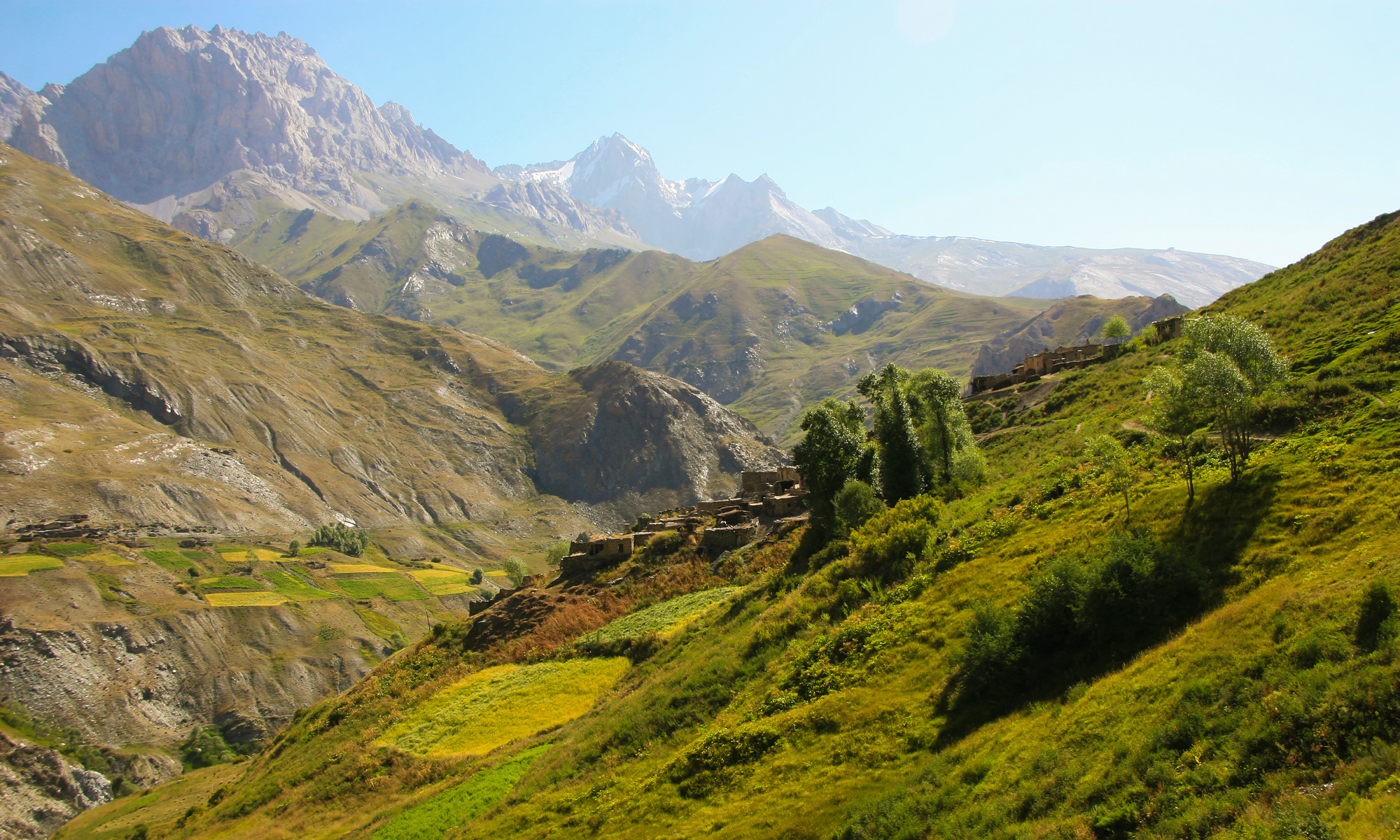There is something quietly radical about choosing to speak a language your grandparents were once told to forget.
Across the globe, minority languages are fading, yet communities like the Yaghnobi people of Tajikistan persist in isolated valleys and through family traditions. Other groups, such as the Māori of New Zealand, the Sámi of Scandinavia, and the Basques of Spain and France, have moved from mere survival to active revitalization.
Their experiences offer both inspiration and valuable lessons. While history has attempted to erase the Yaghnobi language, these examples demonstrate that history can also pave the way for recovery.
The Māori: Nurturing the Language from the Cradle
During the 1980s, the Māori language was perceived by many in New Zealand to be in decline, with English dominating education and media, and younger generations not learning the ancestral tongue. In response, Māori communities initiated a significant cultural revival by establishing “language nests” (kōhanga reo). These were community-led preschools where fluent elders immersed young children in te reo Māori, replicating natural language acquisition through constant exposure and affection. This grassroots movement fostered a generation of Māori-speaking children who entered the school system, leading to the creation of Māori-language schools, media presence, and official recognition. Te reo Māori is now a prominent feature of public life, showcasing how community-driven initiatives by elders and children can revitalize a language.
The Sámi: Healing Through Language and Land
FIn the northern reaches of Norway, Sweden, and Finland, remote from Central Asia’s mountains, the Sámi people have spent decades painstakingly reconstructing what was nearly lost. For an extended period, Sámi children were subjected to boarding schools where speaking their language was met with punishment, and their cultural practices—encompassing reindeer herding, joik, and seasonal migrations—were derided as primitive. Like the Yaghnobis, they were perceived not as a living culture, but as a rural impediment. Nevertheless, in more recent times, a more understated transformation has taken root. Sámi communities have actively campaigned for and secured the right to converse in their languages within schools, access healthcare in their mother tongue, and preserve their traditional livelihoods. Sámi-language media, cultural centers, and dedicated language programs have proliferated, frequently propelled by grassroots community endeavors rather than solely by state directives. A particularly affecting illustration originates from Sweden, where a Sámi Language Center was established as a sanctuary not merely for language acquisition, but for profound healing. Ultimately, language loss exerts not only a linguistic toll but also an emotional one; reclaiming language serves to re-establish connections to the land, ancestors, and one’s core identity. Several Sámi dialects had come perilously close to extinction, yet elders partnered with linguists to devise new alphabets, compile dictionaries, and impart literacy in their ancestral tongue to the youth. This arduous yet crucial work has successfully reintroduced long-dormant languages to the public consciousness. For Yaghnobi speakers, many of whom still harbor memories of forced relocation and cultural disruption, the Sámi experience offers a precious testament: unequivocal proof that healing and revitalization can progress hand in hand.
The Basques: Making Language Public Again
In the northern reaches of Spain and southwestern France, the Basque people have accomplished something remarkable: they have brought a language that was long suppressed back into the core of public life.
During Spain’s Franco regime, the Basque language, known as Euskara, was prohibited in schools and discouraged in official capacities. While Basques continued to use it within their homes, public use carried risks, leading to generations of children who heard their native tongue but couldn’t read or write it.
This began to change following Spain’s democratic transition. Political autonomy enabled the Basque region to finance its own language schools, called euskaltegiak, which also served adults who had never had the opportunity to learn. Street signs started appearing in Euskara, media outlets began broadcasting in the language, and schools incorporated it into their curriculum. This led to a flourishing of Basque music, literature, and theater.
The success of the Basque revival hinges on its visibility. By featuring the language in public arenas—on buses, menus, and university lecture halls—they signaled to everyone, Basque or not, that the language holds significance and is not merely a private matter. It became something to be celebrated openly.
This approach offers a clear message: a language requires a platform. It must be visible, audible, and integrated into daily life. For the Yaghnobi, whose language is too often confined to private spheres, this could translate into new opportunities for village signage, community radio stations, cultural festivals, or even basic language classes for both adults and children.
Shared Threads, Shared Strength
These three stories, spanning continents and political systems, echo with shared truths. First, revitalization originates within the community, with the power residing in the people, whether through Māori language nests, Sámi storytelling circles, or Basque adult classrooms. Second, elders are indispensable, acting as guardians not only of vocabulary but of entire worldviews. As in Sámi and Māori cultures, they hold the songs, stories, and seasonal wisdom that imbue language with profound meaning. Third, visibility fuels vitality; a language relegated to the home becomes a private memory, whereas one displayed on signs, broadcast on the radio, or taught in schools transforms into a living presence. Fourth, and perhaps most critically, language loss is not an inescapable destiny; even the most fragile linguistic thread can be rewoven.
Returning to Yaghnob: What Is Possible
For the Yaghnobi people, whose language has navigated mountains, exile, and upheaval, these examples are profoundly relevant. Initiatives are already underway, including language documentation, dictionary creation, folklore studies, and efforts to return to their valley. The critical missing elements are the infrastructure—schools, cultural hubs, and the everyday presence—that empower a language to thrive. The revitalization successes in Aotearoa, Lapland, and the Basque Country demonstrate unequivocally that even languages pushed to the brink can be resurrected with community commitment and cultural self-respect.
